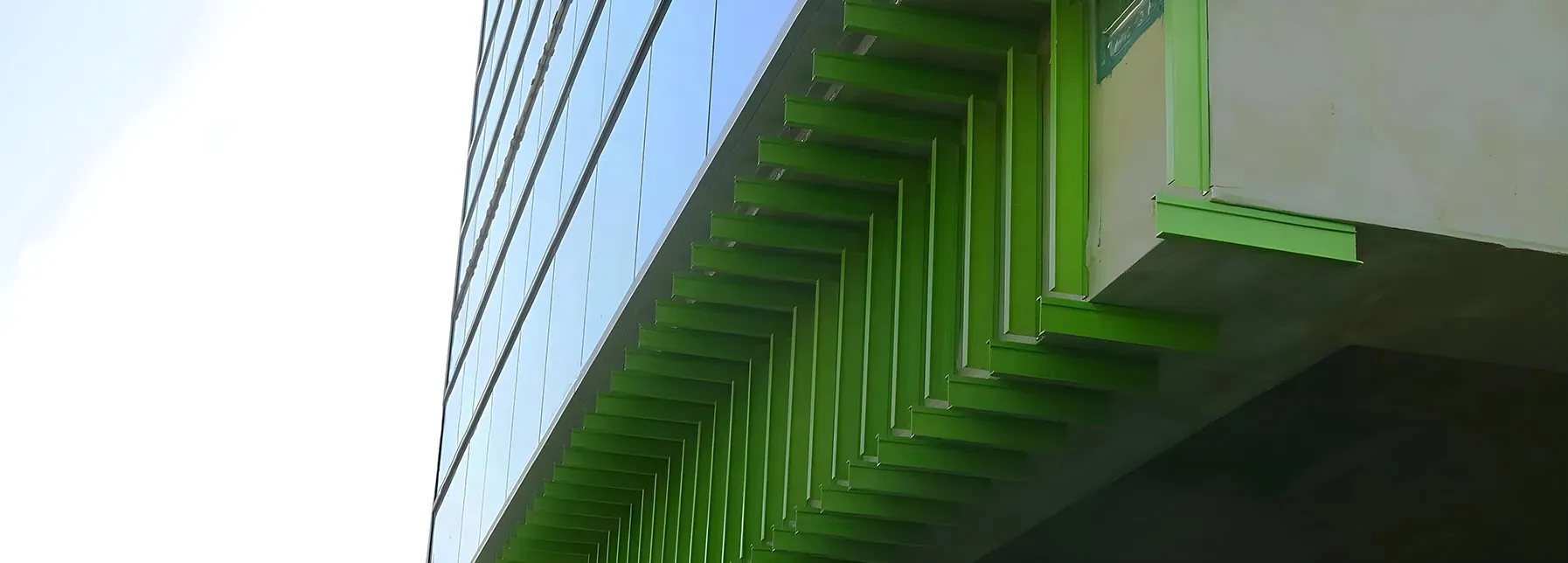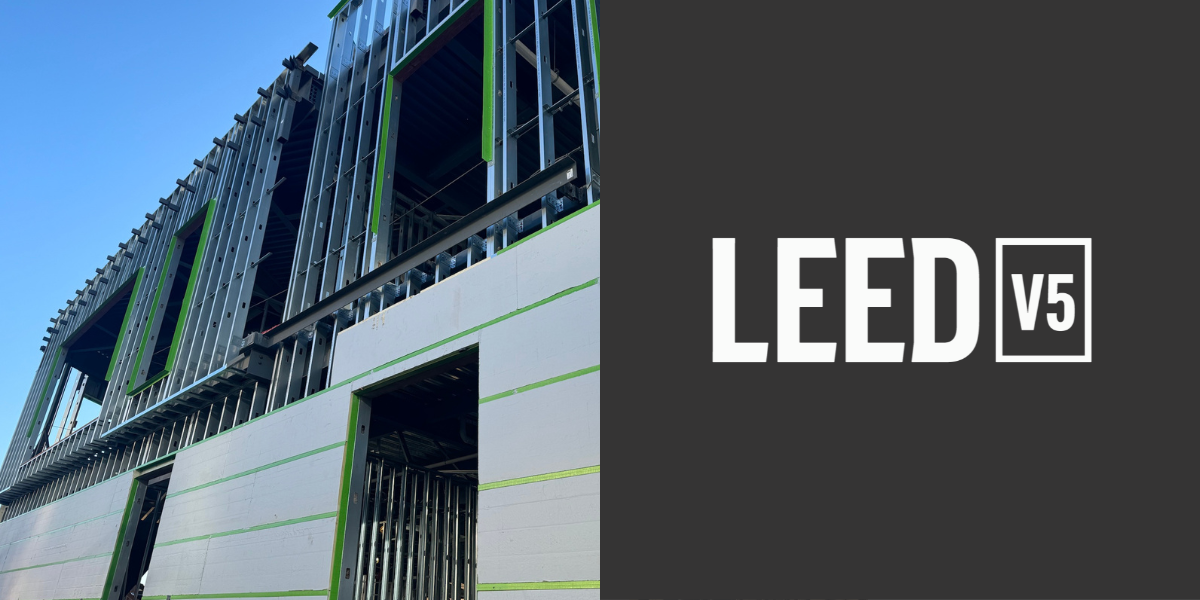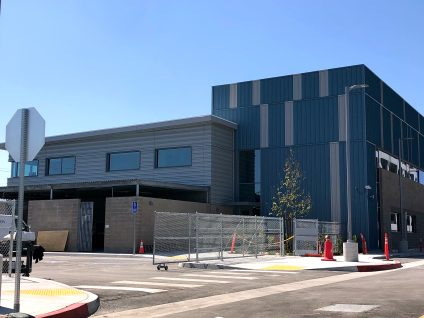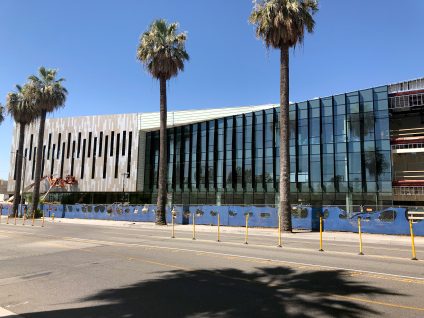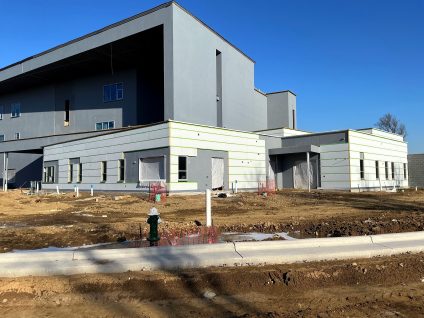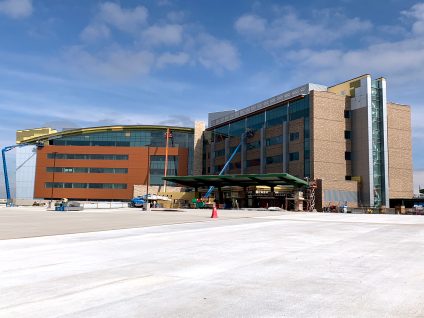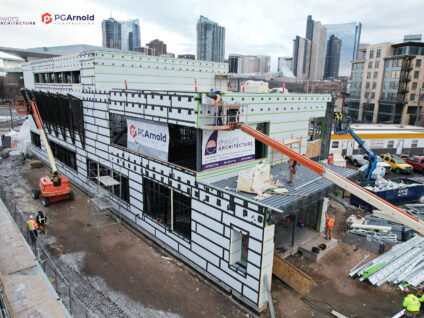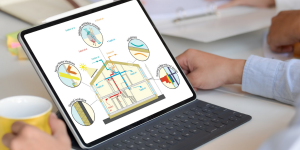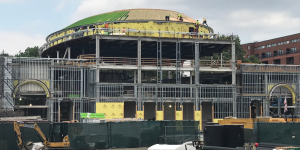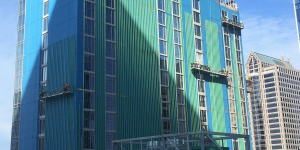The United States Green Building Council (USGBC) has officially ratified the newest installment of the LEED certification program: LEED v5. This update has been approved for 3 categories, including Building Design and Construction (BD+C). With this latest update to the rating system, the USGBC is taking bigger leaps to increase energy efficiency and reach carbon-neutrality. Officially ratified in spring 2025, here’s what you need to know about LEED v5 and how using the GreenGirt CMH™ continuous insulation and SMARTci® building enclosure systems will help achieve the aggressive energy performance thresholds in the popular rating system.
LEED v5 Features
New Areas of Impact
According to the USGBC, the most important update to note for LEED v5 is the new areas of impact: decarbonization, quality of life, and ecological conservation and restoration. Decarbonization will focus on reducing operational, embodied, refrigerant, and transportational emissions. Buildings seeking LEED certification must focus on reducing these emissions to achieve their energy efficiency goals and earn certification. The new rating system outlines steps to take for moving towards ultra-low-carbon buildings, and significant sources of carbon emissions in the newest rating systems available on their website. One way to achieve decarbonization is through reducing embodied carbon emissions with materials that have acquired an Environmental Product Declaration (EPD) label. GreenGirt CMH and SMARTci systems have obtained an EPD, which promotes these systems to have a positive environmental impact on the environment.
New Credits and LEED Platinum
Other updates to LEED v5 include the continuous path towards a zero-carbon reality, new credits available that were previously piloted in LEED v4.1, and new LEED Platinum certification requirements. The old rating system required projects to achieve a list of energy efficiency pre-requisites and reach a minimum of 80 points to award the certification. LEED v5 now requires that every project seeking LEED Platinum certification to achieve high levels of energy efficiency across the board. An effective way of achieving these levels of energy efficiency is through using GreenGirt CMH and SMARTci because these systems offer the highest energy efficiency levels of any continuous insulation and building enclosure systems on the market, with the highest R-values and best U-values achieved.
It is important to note that there will be a period of overlap where projects can register for LEED v4/4.1 at the same time while the transition to LEED v5 comes into effect. LEED will send out a notice before LEED v4/4.1 registration officially closes. Projects that have already registered for LEED v4/4.1 can still receive their certification but also have the option to upgrade their certification to LEED v5.
Energy Efficiency of GreenGirt CMH and SMARTci
While LEED v5 is increasing the stakes to prioritize energy efficiency in construction projects, the GreenGirt CMH and SMARTci systems continue to set the industry standard for energy efficiency and positive environmental impact for continuous insulation systems. GreenGirt CMH and SMARTci systems achieve 92-99% energy efficiency, which exceeds the standards set by the USGBC for LEED v5 certification. To support architects and contractors with calculating their energy efficiency levels, Advanced Architectural Products developed an energy savings calculator to quantify and predict their energy efficiency for their projects.
LEED v5 Worksheet by Advanced Architectural Products
A2P also released a new worksheet to demonstrate how GreenGirt CMH and SMARTci systems can contribute to a building’s energy efficiency goals and LEED certification. This worksheet outlines the top credit-earning opportunities in the new LEED v5 Rating System in which GreenGirt CMH and SMARTci can help projects achieve the highest amount of points for energy efficiency and decarbonization. One example is through the Energy and Atmosphere (EA) credit on Reduced Peak Thermal Loads. GreenGirt CMH and SMARTci are designed to prevent thermal bridging, which increases thermal and energy efficiency, therefore supporting the credit to reduce peak thermal loads. Another example is the Materials and Resources (MR) credit on Reducing Embodied Carbon. SMARTci and GreenGirt CMH have an Environmental Product Declaration (EPD) label that indicates transparency about the materials used within these systems. In addition, these systems are also Red List Free, supporting the mission to reduce embodied carbon in construction projects. Following this worksheet is helpful for projects that seek to achieve the highest energy efficiency levels for their building and acquire LEED v5 certification.
Additional Information
LEED v5 is shaping the future of sustainability and energy-efficient buildings, continuing the progress towards carbon-neutrality. To learn more about the features included in LEED v5, visit the USGBC website.
GreenGirt CMH and SMARTci products are designed to benefit buildings and increase their energy efficiency, promoting carbon-neutrality. For more information about how GreenGirt CMH and SMARTci systems ensure structural integrity while achieving LEED v5-level energy efficiency, visit GreenGirt.com.

